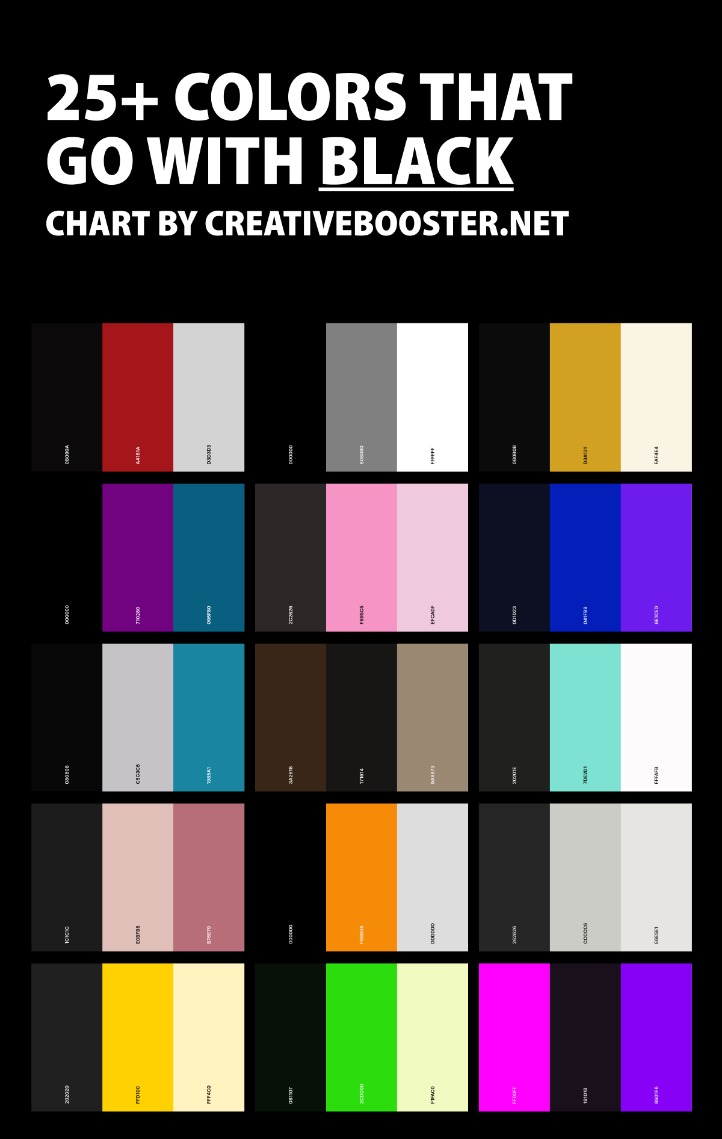
As ever, always be careful when entering your account details online, and of course, get in touch with your bank if you do see any suspicions transactions. The New England bank decided to purchase 20 of its own cards from this shop, cards from Tortuga bases 6-9, and Tortuga 14 and 15. The store’s “shopping cart” offers the ability to check the validity of each purchased card. Any cards that are checked and found to be invalid automatically get refunded.
‘Fullz’, ‘Dumps’, And More: Here’s What Hackers Are Selling On The Black Market
They can be used to make unauthorized purchases, take out loans, and even drain bank accounts. If you believe someone has stolen your credit card information, immediately contact your credit card company. You’ll be able to cancel your card and review any unauthorized charges. In addition, most credit card companies will not charge you for unauthorized purchases as they have a “zero liability” policy. In one of the most infamous data breaches, hackers stole credit card information from approximately 40 million Target customers.

Largest Darknet Stolen Credit Card Site Closes

Malware installed on POS terminals captured payment card data during transactions. A credit card dump is a digital collection of data that is extracted from the magnetic stripe or chip of a credit card using skimming devices or malware. This data can include the cardholder’s name, card number, expiration date, CVV code, and sometimes the PIN. The primary purpose of acquiring such dumps is for committing fraud, such as creating counterfeit cards or making unauthorized online purchases. Card data on the dark web is a valuable commodity, and it’s often sold on specialized marketplaces known as Card Shops.
Stolen credit card details can be categorized into different types, making it easier for cybercriminals to exploit them. Hijacking a PayPal account requires a different approach than stealing a credit card number. Instead of card numbers and CVVs, criminals steal usernames and passwords that they’ve gathered either through phishing or malware.
How Dumps Credit Cards Work
If your PayPal account or credit card details end up on the dark web, it’s essential to act quickly to minimize potential damage. Some threat actors offer a “complete package” known as “Fullz”, which includes full personal details and financial information like bank account details or social security numbers. By offering free access to such a vast amount of stolen data, the operators aim to build credibility among cybercriminals and entice them to purchase premium services or datasets from their platforms. The stolen data reportedly includes a mix of credit and debit cards from major providers like Visa, MasterCard, American Express, and JCB. This incident is described as one of the largest giveaways of compromised credit card data in recent history. Security analysts state that most of the 1.2 million cards derive from web skimmers — scripts found within checkout pages of compromised e-commerce sites, which sees any credit card information entered being sent directly to the threat actors.
BidenCash Darkweb Market Gives 19 Million Credit Cards For Free
They can then sell the account credentials to a buyer who can log in and drains the funds, or the vendor can transfer the requested amount of money from the victim’s account to the buyer’s account. Most of use just have the standard personal account, but Premier and Business accounts also exist, and are up for sale on the dark web. But those tiers don’t have much influence on dark web prices, which are largely governed by account balance.

What Are Stolen Credit Cards Used For?
- The dark web operates similarly to legitimate e-commerce platforms, with buyers browsing through listings and selecting cards to purchase using cryptocurrency or other anonymous payment methods.
- While many cybercriminals are out to simply steal our information, satisfied with creating havoc for individuals or businesses, the majority do it for the money.
- Subsequent buys of new cards added to that same shop returned the same result.
- It is important to note that credit card dumps can vary in terms of quality, validity, and the presence of encryption or security measures.
- Its presence across multiple dark web forums, coupled with an active Telegram channel, indicates a calculated effort to build trust and legitimacy within illicit communities.
From the data D3Labs has examined so far, about 30% appear to be fresh, so if this applies roughly to the entire dump, at least 350,000 cards would still be valid. Unless you live the rest of your life only paying with cash, you’ll never be totally impervious to payment fraud. One of the largest known underground shops, Joker’s Stash, generated more than $1 billion before getting shut down in February, according to Gemini Advisory.
Transaction Fraud How To Protect Your Business & Customers

While banks and credit card companies often reimburse these losses, the process can be time-consuming and stressful. Fullz is fraudster speak for financial information that includes the full information of the victim, including name, address, credit card information, social security number, date of birth, and more. As a rule of thumb, the more information you have on your victim, the more money you can make off of those credentials. Fullz are usually pricier than the standard credit card credential, but still tend to cost less than $100 per record.
Securing Transactions With 3-D Secure ACS
Card theft, scams, and black markets for personal IDs have been around since the advent of credit cards in the 1960s and ’70s. The first large-scale credit card dump was in 1984, when the New York Times reported that the password for a leading credit union, TRW, was stolen from a Sears store on the West Coast. That password unlocked the credit histories and personal information of many Sears customers that would subsequently be used to obtain their credit card numbers. Most recently, credit card dump attacks have been happening on a larger scale, sometimes affecting millions.
Why Monitor Deep And Dark Web Credit Card Sites?
In addition to a clearnet domain, they also shared the new URLs through various hacking and carding forums. The answer lies behind distributed denial of service (DDoS) attacks that targeted its original domains. As a result, in order for word to get out in regard to fresh URLs for the service, the hackers are distributing the data free of charge. However, in order for its services to gain more traction, BidenCash decided to release details for more than 1.2 million cards in one go. Although it offers leaks from many different countries, the site has a dedicated lookup and leak section for Canadian profiles, making it extremely easy to use for buyers interested in Canadian leaks.
Savings Accounts
On Dec. 19, Target would confirm that crooks had stolen 40 million debit and credit cards from stores nationwide in a breach that extended from Nov. 27 to Dec. 15. Not long after that announcement, I pinged a source at a small community bank in New England to see whether his institution had been notified by Visa or MasterCard about specific cards that were potentially compromised in the Target breach. By following these measures, you can significantly reduce the risk of falling victim to credit card dump fraud. It is important to stay informed about the latest security threats and continuously educate yourself on best practices for protecting your financial information. Cyberint, the Impactful Intelligence company, reduces risk by helping organizations detect and mitigate external cyber threats before they have an adverse impact. A team of global military-grade cybersecurity experts work alongside customers to rapidly detect, investigate, and disrupt relevant threats – before they have the chance to develop into major incidents.
In terms of the number of customers exposed, the largest credit card dump so far was a hack on credit bureau Equifax in September of 2017, which exposed the personal data of more than 147 million customers, including credit card details. Credit card dumps happen when thieves physically copy your credit card information or hack into company payment databases that contain that information. Skimming uses an illegal card reader to save a customer’s credit card information.
A significant portion of this data was uniquely identified in our intel collection. Dark web transactions play a key role in fund transfers for credit card fraud. Cybercriminals use cryptocurrency to buy and sell stolen card data anonymously. The black market for credit cards is estimated to be worth over $1 billion annually. This is a staggering amount, and it’s no wonder that financial institutions are taking steps to prevent the sale of stolen credit card information.



